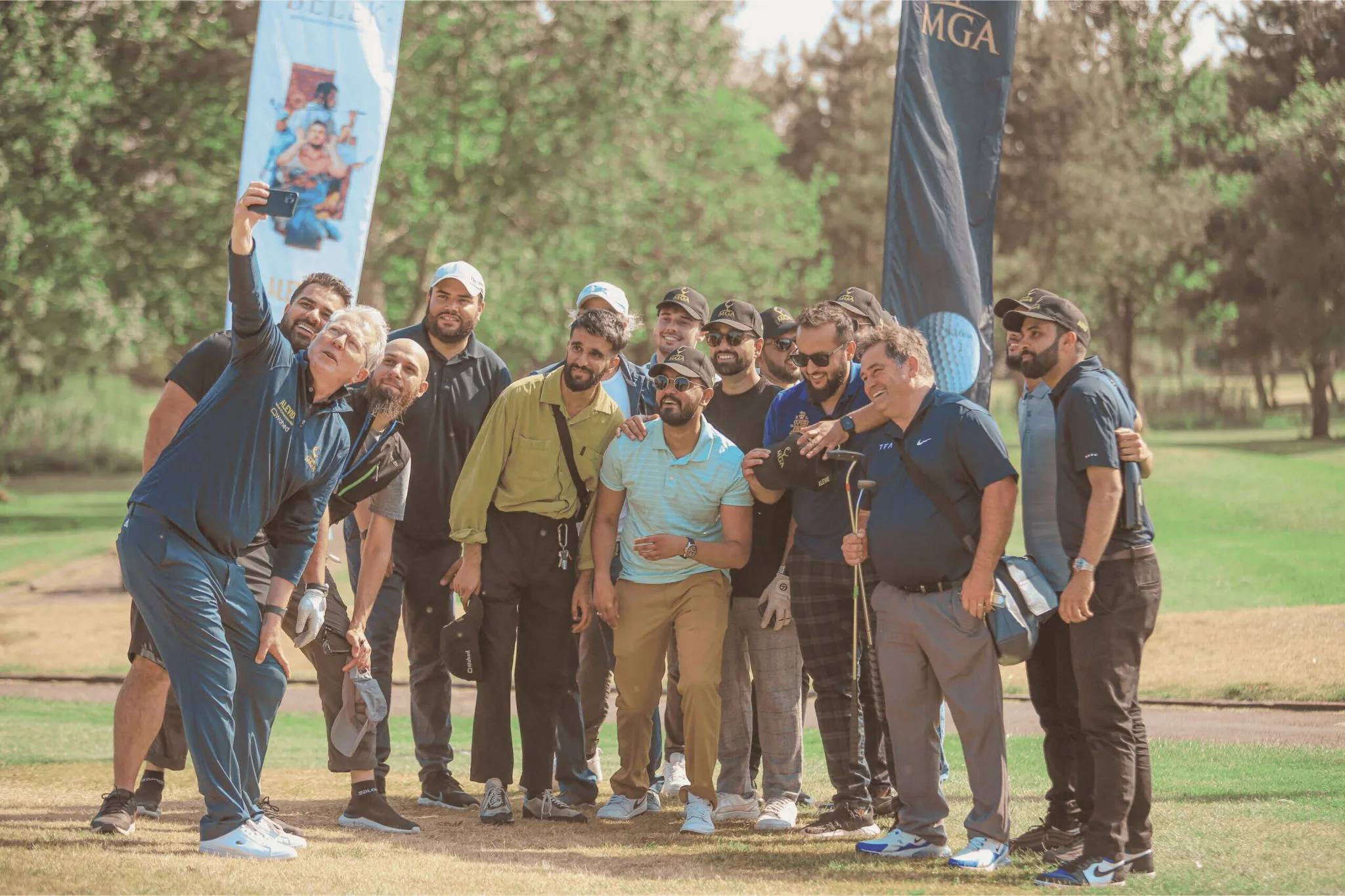In the months following the Paris 2024 Olympics, there has been much discussion about the efficacy of a Games which aimed to be the most sustainable in history. The use of 95% existing or temporary venues, minimising construction waste, and leveraging renewable energy sources has been much celebrated. While some have questioned the transparency of key sustainability metrics, Paris will likely be seen as a milestone in setting new standards for major events.
Perhaps most potently, the ‘24 Games will raise further focus on sustainability across the events industry, which is an exciting prospect. If you’re not currently familiar with the phrase, Circular Economy, you soon will be.
Creating Lasting Value Beyond The Game
The circular economy concept presents an opportunity to rethink how we plan and execute, minimising waste and maximising resource efficiency.
It is claimed the UK events industry creates over 100,000 tonnes of waste per year, which either ends up burned or buried in landfills. At its core, the circular economy presents an alternative approach, eliminating waste and promoting the continual use of resources. Unlike the linear “take, make, dispose” model, the circular economy emphasises reuse, recycling, and resource regeneration.
I was fortunate enough to hear John Pagano, CEO of Red Sea Global, speak about his drive to shift the mentality of his peers from recycle, to regenerate. More than an opportunity to toe a popular line, embracing the circular economy is an opportunity to create a real and lasting impact in every geography we visit and John and advocates like him are important allies in this approach.
In short, the circular economy aims to design restorative and regenerative systems that ensure resources remain in use for as long as possible.
Examples Of Circular Principles In 54 Event Planning
Reusing Sports Equipment
One of our goals is to recycle bespoke event infrastructure (vinyl print, pvc fabrics, etc) into future event assets, like gifting or staff clothing. Knowing their investment into our events reinforces these sustainable practices has been strong encouragement for several corporate partners to support us for the long term.
54 works with an apparel company which creates player and staffing uniforms from recycled plastic. Wherever we can, we also look to work with suppliers and manufacturers to establish take-back schemes, ensuring used equipment is repaired and redistributed rather than discarded.
We’ve worked to embed circular principles into event infrastructure. 54 regularly delivers events with 90%+ reuse of structures and signage - an approach that has repurposed over 120,000 square metres of event structure materials in the UK alone. Through partnerships with professional golfers, we’ve redirected more than 3,000 pieces of excess plastic into equipment for youth golf clinics, increasing access to the game for underrepresented communities.
20,000+ square metres of furnishing donations from our UK events have also helped to fit out the homes of 18 local families and farms.
Sustainable Supply Chain
Strong supplier relationships are key to embedding sustainability at every stage of event planning. By prioritising long-term agreements with partners that share our values, we can make circularity an expectation, not an afterthought. In Spain, we recently worked with a social enterprise to turn beach plastic into trophies for our pro-am guests, as well as recycled golf ball markers used by the pros.
Fan Participation in Waste Reduction
Introducing comprehensive recycling and composting facilities at event venues can help divert waste from landfills and encourage spectators to participate in sustainable practices. 54 has developed incentives in our fan villages for fans to recycle plastic into golf equipment to be used by golf participation charities for underrepresented groups.
Collaborative Partnerships
Organisers can engage with local businesses to share reusable materials, promoting social sustainability across a network of suppliers. We identify local community charities or businesses that may have requirements for excess items within our event supply chain and facilitate donations post-event, extending the life-cycle of materials and avoiding landfill.
The Hidden Benefits Of Hosting Circular Sporting Events
Beyond the obvious environmental benefits of conserving energy by reducing reliance on single-use materials, the principles of the Circular Economy of events are much wider-ranging than immediately meets the eye.
Social Value Through Local Collaboration
It is incumbent on us to consider the impact events can have on the local communities they visit. Often, our visits to certain geographies are only for a few weeks per year and, in some cases, there may be years between each. While this can cause challenges, it doesn’t excuse the need to consider our footprint and the opportunity to leave a lasting legacy.
Working with schools to host workshops and events that integrate into their sports curriculum create opportunities to impact those outside of our direct contact. Even those who may not attend the live experience can still be positively impacted by the benefits of the event's local presence. Lifelong relationships with sporting activity and careers in related fields are also well documented results of such early contacts with events.
But it’s not a one way street. We receive an incredible level of support through local partner agencies, when they appreciate the beneficial mark events can leave. Sports clubs and federations are able to use our events to further the aims of their own growth strategies; bringing youngsters to see events in real life. For us, this serves as a crucial promotional tool, ensuring the community is aware and ready to join in.
Economic Impact
As we have seen most notably around Adelaide following visits from LIV Golf League in recent years, local businesses are also able to flourish on the back of sporting events. The 94,000 people who travelled to The Grange Golf Club in 2024 were shown to have generated USD$78.5 million for the economy of South Australia. With over 100,000 in attendance in 2025, we expect this figure to grow. But we are not only talking about mammoth sporting occasions. Mass participation events attracting anything from a few hundred to a few thousand entrants and their families can make a huge impact.
Sports events are also job creators, providing opportunities to address employment needs and providing a pathway for long-term careers in the growing sports sector. Training programs and internships can offer students hands-on experience in sports management, media and event coordination.
Hiring locally for roles, such as event logistics and waste management, reduces travel emissions while providing meaningful work for residents. The London 2012 Olympics highlighted the potential for green careers, with sustainable construction projects and waste reduction initiatives creating jobs that promoted environmental stewardship. These programs often include training in sustainable practices, equipping the workforce with skills that align with the growing demand for eco-conscious operations in the sports industry. This not only enhances the event's legacy but also strengthens the local economy by embedding sustainability into its employment model.
Creating Lasting Value Beyond The Game
The challenge of sustainability in sporting events is not a new one, but new technologies and capabilities are helping event management companies, like 54, to go well beyond just limiting negative impacts.
Temporary occasions which ask fans to travel long distances can, if not managed carefully, seem at odds with sustainability goals. The circular economy mantra offers a transformative approach, aligning with economic, environmental, and social goals and ensuring that, as we seek to deliver carbon-neutral events, we produce net positive outcomes across the complex sustainability matrix with all of its contributing elements.
%20(1)%20(1).webp)
%20(1).webp)


%20(1).webp)
%20(1).webp)
.webp)
.webp)
.png)

%20(1)%20(1).jpg)
.webp)

%20(1).webp)


.webp)

%20(1)%20(1)%20(1).webp)

%20(1).webp)
.webp)
%20(1).webp)


.webp)
%20(2).webp)



_LowRes.jpg)
%20(1).webp)


%20(1).webp)


.webp)

%20(1).webp)

.webp)




.webp)






.webp)

.webp)
%20(1).webp)

